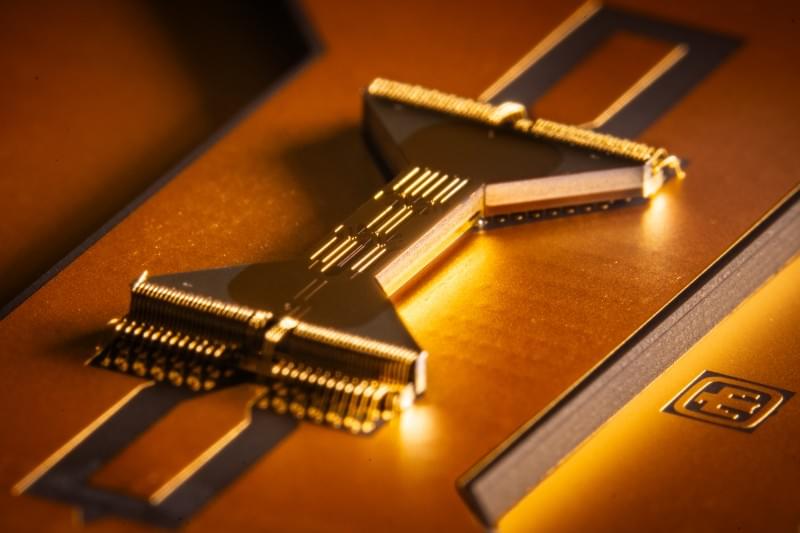Apple has teamed up with the neurotech firm, developing a brain implant that allows users to operate digital devices by thinking.
Category: computing – Page 77
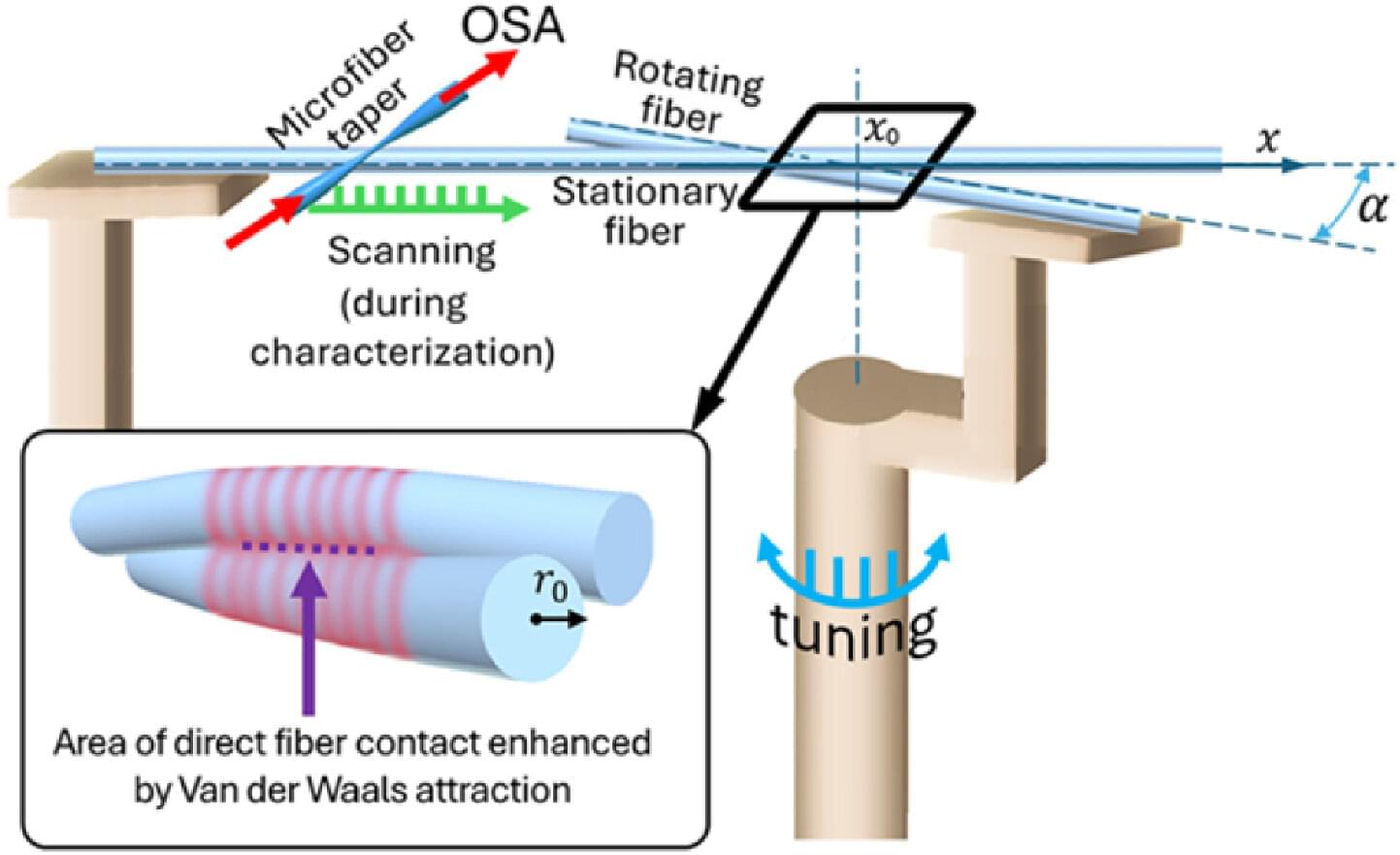
Ultralow loss optical microresonators pave way for miniaturized, tunable photonic systems
Aston University researchers have developed a new class of optical microresonators, miniature optical devices that strongly confine and enhance light in microscopic dimensions. They are essential components in a wide range of systems, including ultra-precise optical sensors and information processors.
The University researchers discovered that unique optical microresonators can be introduced at the intersection of two optical fibers. These devices have potential applications in communication, computing, sensing and more.
The new ultralow loss optical microresonators can be finely tuned by simply rotating two intersecting optical fibers. Unlike current monolithic microresonators, these devices have a widely tunable free spectral range (FSR) and allow for their precise control.
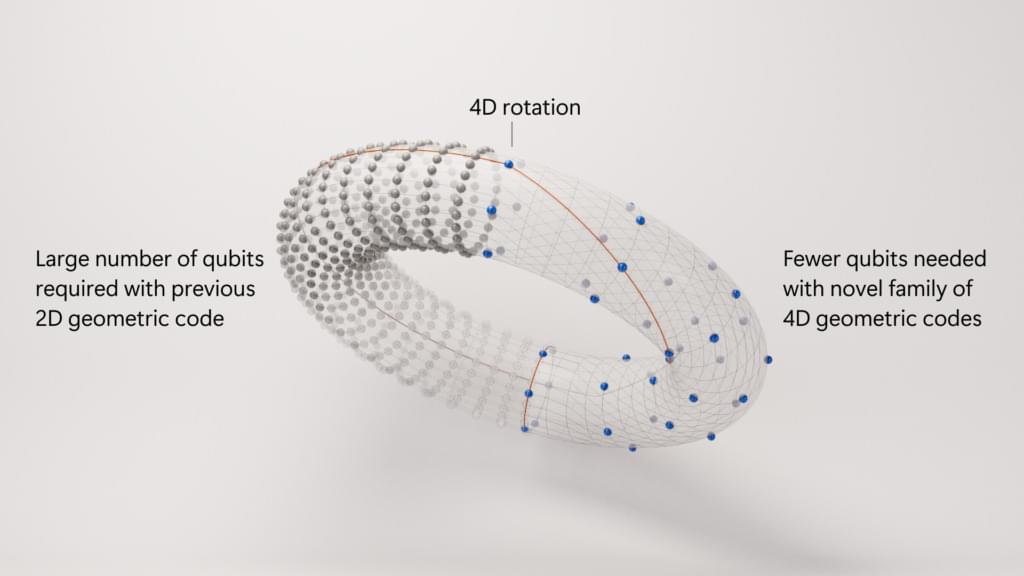

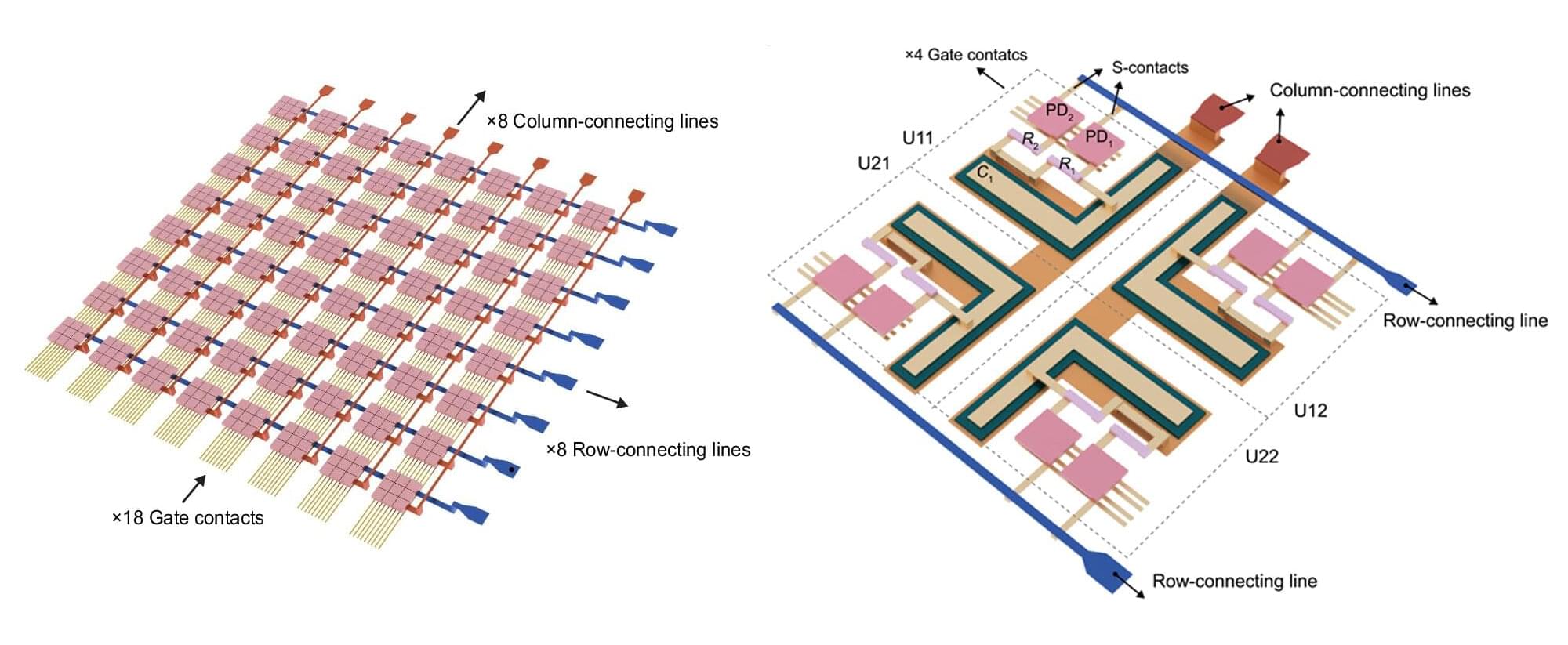
New all-silicon computer vision hardware advances in-sensor visual processing technology
Researchers at the University of Massachusetts Amherst have pushed forward the development of computer vision with new, silicon-based hardware that can both capture and process visual data in the analog domain. Their work, described in the journal Nature Communications, could ultimately add to large-scale, data-intensive and latency-sensitive computer vision tasks.
“This is very powerful retinomorphic hardware,” says Guangyu Xu, associate professor of electrical and computer engineering and adjunct associate professor of biomedical engineering at UMass Amherst. “The idea of fusing the sensing unit and the processing unit at the device level, instead of physically separating them apart, is very similar to the way that human eyes process the visual world.”
Existing computer vision systems often involve exchanging redundant data between physically separated sensing and computing units.

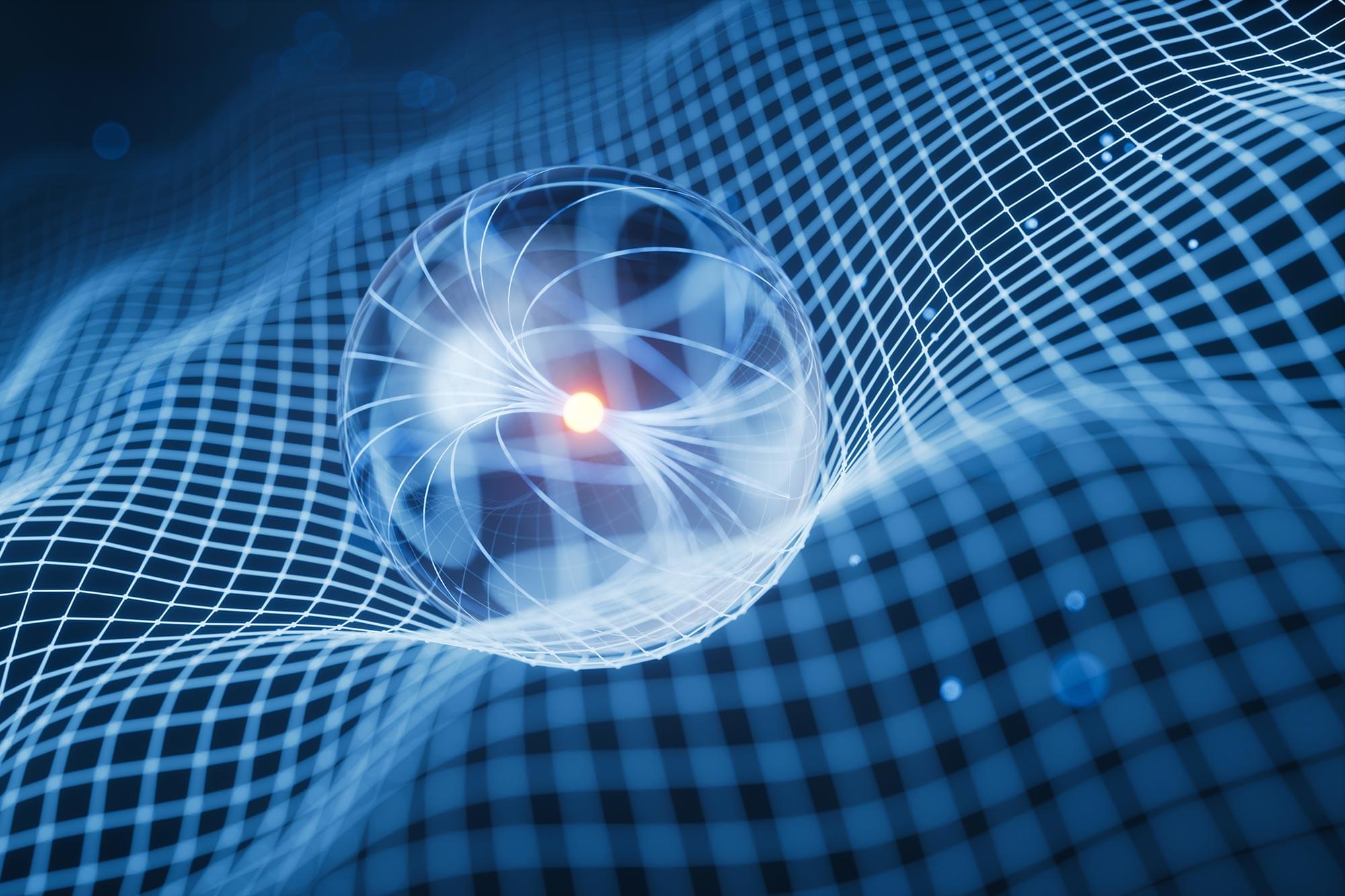
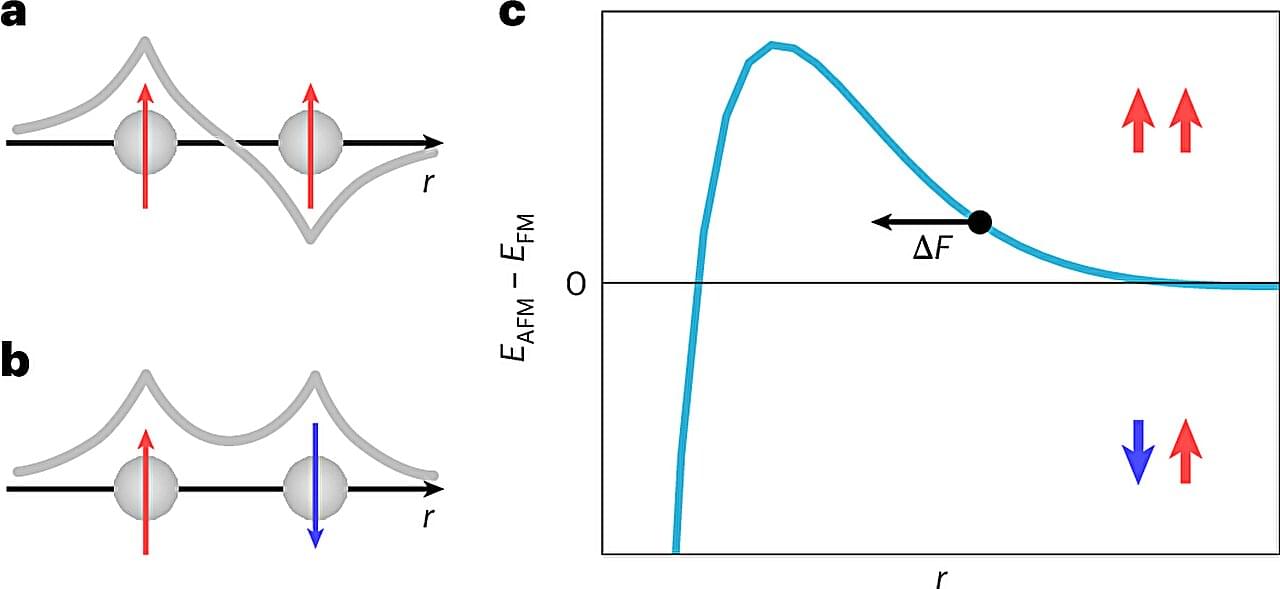
Dramatic stretch in quantum materials confirms 100-year-old prediction
Research from the University of St Andrews has set a new benchmark for the precision with which researchers can explore fundamental physics in quantum materials. The work has implications extending from materials science to advanced computing, as well as confirming a nearly 100-year-old prediction.
The researchers explored magnetoelastic coupling, which is the change in the size or shape of a material when exposed to a magnetic field. It is usually a small effect, but one that has technological consequences.
A team from the School of Physics and Astronomy at the University of St Andrews has now discovered that this effect is remarkably large in a case where one wouldn’t have expected it—in a transition metal oxide. Oxides are a chemical compound containing at least one oxygen atom and one other element in its chemical formula. High-temperature superconductors are one of the most prominent examples of a transition metal oxide.

